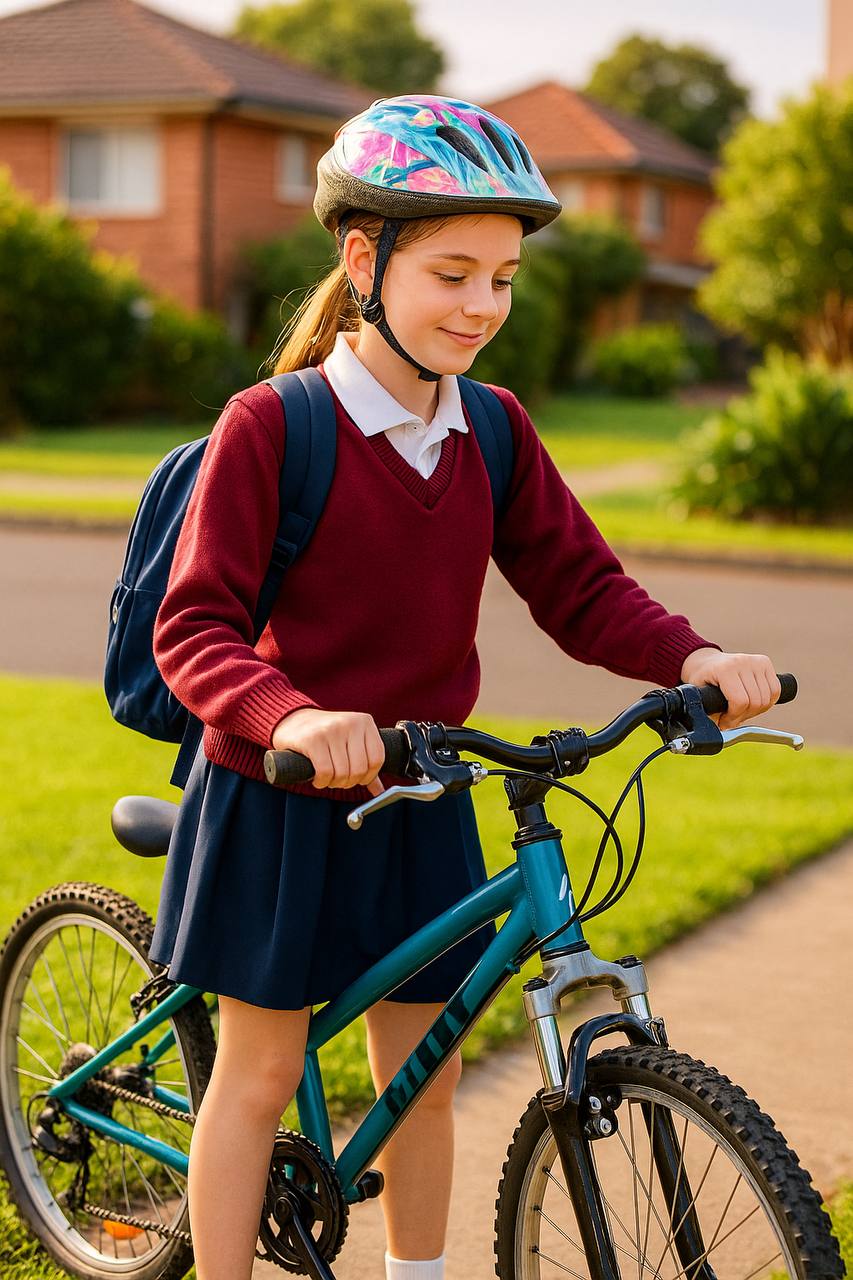
Is Your Child Ready to Travel to School Alone?
At some point, our kids start asking for more independence — and one of the biggest steps is travelling to school without us. Whether it’s walking, cycling, or catching the bus, that first solo trip can feel just as big for parents as it does for children. So how do you know when the time is right, and what’s the safest way to prepare them?
What Happens Elsewhere in the World
In Japan, it’s not unusual to see six- and seven-year-olds navigating busy subways on their own. In parts of Europe, primary school-aged children cycle to school without an adult. These independent commutes are possible thanks to safe urban design, low crime rates, and a strong sense of community responsibility.
In Australia, things feel a little different. While our public transport and pedestrian routes are improving, many parents still hesitate to let their children travel unsupervised — and for good reason. Safety is always the number one priority.
There’s No “One Age Fits All”
Every child is different. Some nine-year-olds are naturally cautious, aware of their surroundings, and ready to take on the responsibility of getting to school alone. Others may still be easily distracted or need more time to develop those skills.
When deciding if your child is ready, consider:
- Their maturity: Can they follow safety rules without reminders?
- The route: Is it familiar, well-lit, and low-traffic?
- The journey length: Shorter routes are easier to manage alone.
- Support options: Can they travel with friends or an older sibling?
Why It’s Worth Encouraging Independence
Letting your child travel to school solo has real benefits:
- They get daily exercise.
- It reduces your family’s carbon footprint.
- You save time and fuel.
- They enjoy social time with friends.
- It builds confidence, resilience, and independence.
How to Prepare Them (and Yourself)
If you’re not ready to send them out the door alone tomorrow, that’s fine — start small.
- Practice together – Walk or cycle the route with your child several times. Point out landmarks, safe crossing points, and tricky intersections.
- Meet halfway – For the first week or two, arrange to meet them partway home.
- Buddy up – If possible, have them travel with a friend or sibling.
- Equip them – A basic mobile phone (calls and texts only) provides an extra layer of safety.
Safety Checklist for Parents
Before they set out on their own, make sure they:
- Have your contact numbers saved in their phone and know them by heart.
- Understand road safety rules and never use their phone while crossing.
- Know their home address and a “safe place” to go if needed.
- Wear visible clothing or reflective gear when cycling.
- Know not to get into cars with strangers or share personal details.
- Understand they can always call you or the police if they feel unsafe.
The First Day Will Feel Strange
Watching your child disappear around the corner for the first time is a mix of pride and nerves. You might be tempted to follow at a distance — and that’s okay (just maybe skip the full spy mission behind parked cars!).
With preparation, a safe route, and clear rules, you can feel confident that your child is ready for this big step. And while it may be the end of the morning drop-off routine, it’s also the beginning of a new phase — one where they start navigating the world on their own.



